Why New Photographers Fail And How You Can Avoid These Mistakes
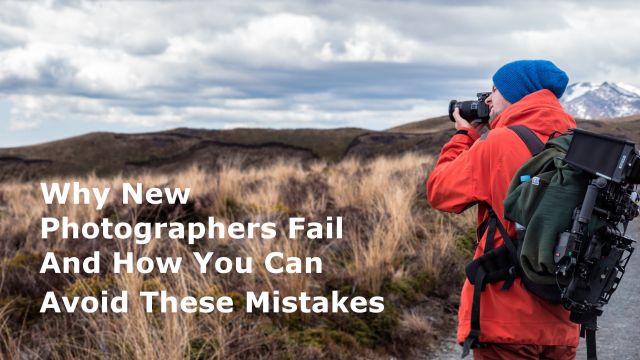
As a novice you’re bound to make mistakes. It comes with the territory. Regardless of the activity you’re turning your hand to, you should expect to encounter hiccups, even substantial setbacks along the way to becoming proficient. Why? Usually, a lack of comprehensive understanding, suitable experience and, sometimes, the requisite talent put the stopper on immediate success.
This circumstance is just as true of photography as it is any other artistic medium. What’s important is that you avoid obvious perilous pitfalls that pose a significant detriment to your continued education and learn from your mistakes.
Like anything else, it can take years, decades or – in some cases – a lifetime to confidently master of an art form. Do you think that Picasso or Van Gogh picked up a paintbrush and were immediately heralded geniuses?! Building a solid foundation on which to catapult your confidence and evolve your skillset and acumen is paramount.
Novice photographers who take a nebulous and generic approach to their art form will struggle to grasp the technical and creative intricacies with enough clarity to compose images that pique, let alone demand attention.
So, interested in learning the technical and creative shortcomings novice photographers suffer from and how you can avoid them? Keep reading below.
The Equipment
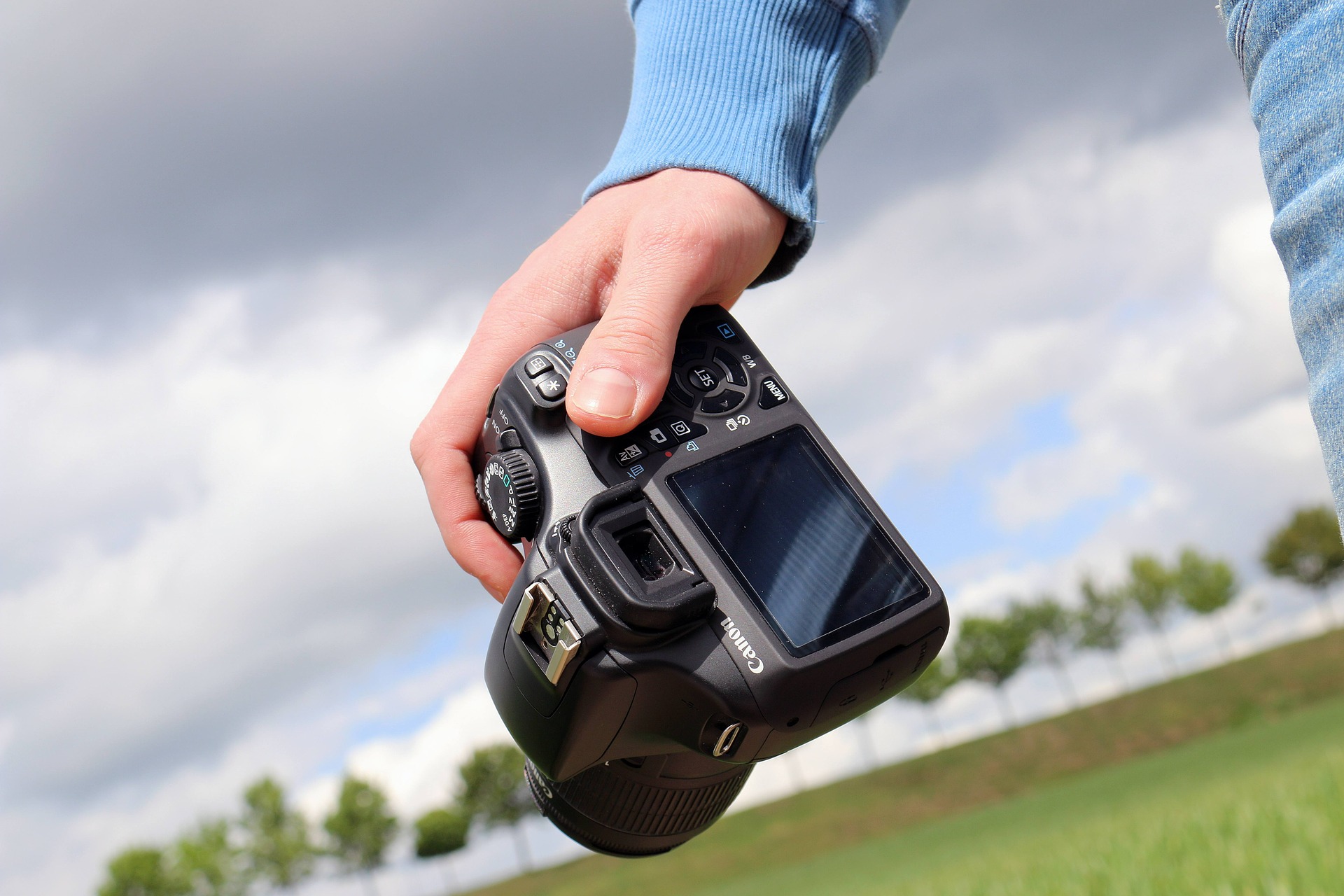
Before we even begin to discuss image focus and composition, we need to first examine the equipment. It’s not uncommon for an exuberant photographer to spend hundreds, or even thousands of pounds on a top of the range DSLR camera believing that the better the camera, the better their images are likely to be.
Let us ask you this, would buying a premier calligraphy set automatically make you an exemplary artist? Is buying an iMac Pro be the sole contributor to you being a stellar website designer or digital artist? Absolutely not.
Why is this a problem? Well, let’s be frank, using a Leica S (Type 007) certainly won’t turn you into David Bailey overnight. Advanced tech will hinder your development as a photographer, after all, how are you to grasp the basics when using equipment that’s designed for the preeminent photographer? You need to learn about apertures, shutter speed, ISO, exposure – and controlling light before spending vast quantities on a camera that’s not fit for purpose.
How Can You Avoid This Mistake?
Buy a camera that’s designed for novice photographers. There’s a wealth of affordable DSLR cameras that are perfect for anyone just starting their photographic journey. A quick search online and you’ll discover that the Cannon EOS Rebel SL2 / EOS 200D and Nikon D3500 are highly favoured by, and recommended to, novice photographers.
Image Focus

A novice photographer is likely to use the autofocus and let the camera choose the focus points of an image. Whereas this has its obvious benefits – helping to develop a keen eye for one – it’s highly likely that the camera will sporadically focus on the wrong aspect in the frame, especially when using a shallow depth of field.
Why is this a problem? Well, not only does this hinder any continued development but, missed focus is something that’s very difficult, if not nigh on impossible to fix after the fact.
How Can You Avoid This Mistake?
Make sure that you use your camera’s spot autofocus mode to choose a specific focus point. For instance, when taking a portrait, make sure that the focus point is on the subject’s eyes. If you’re struggling to pinpoint them, use the back button focus to lock on.
Image Composition
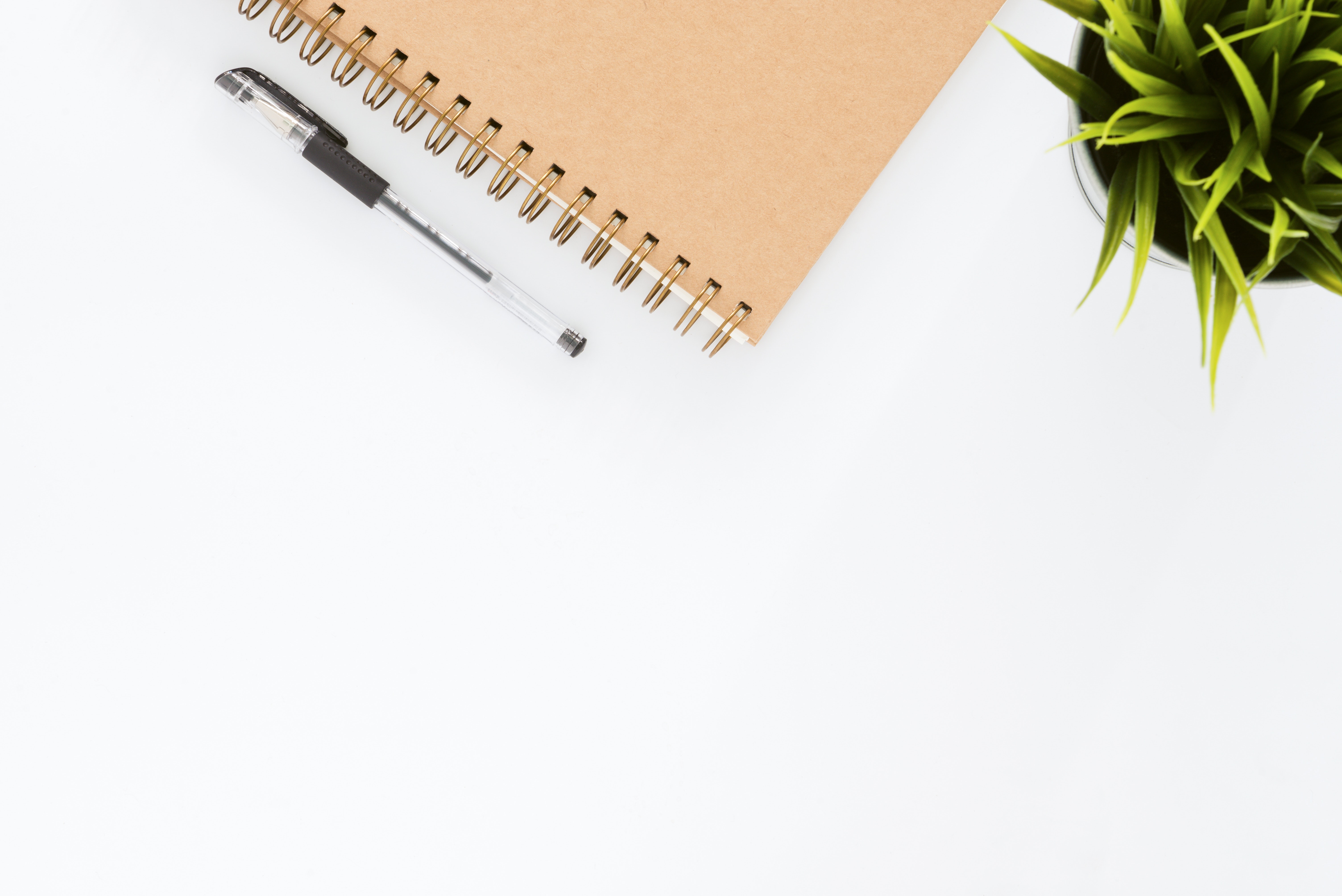
Deciding how to arrange the individual elements in the frame requires insight, experience, technical acumen, visual awareness – and time. Novice photographers can struggle to balance what they see in the frame with what they intend to communicate with the photograph.
Why is this a problem? It will portray a lack of defining character to the image and a confused message – something that’s the very anthesis of what good photography is.
How Can You Avoid This Mistake?
Luckily, there are some simple image composition guidelines that’ll prove very handy to novice photographers, helping them to arrange image frame elements based on perception.
Arguably, the most common is the rule of thirds whereby photographers separate an image into horizontal and vertical thirds to create nine whole parts to the image. By creating a geometric grid, you can easily identify where to place the primary points of interest of the shot.
The Exposure
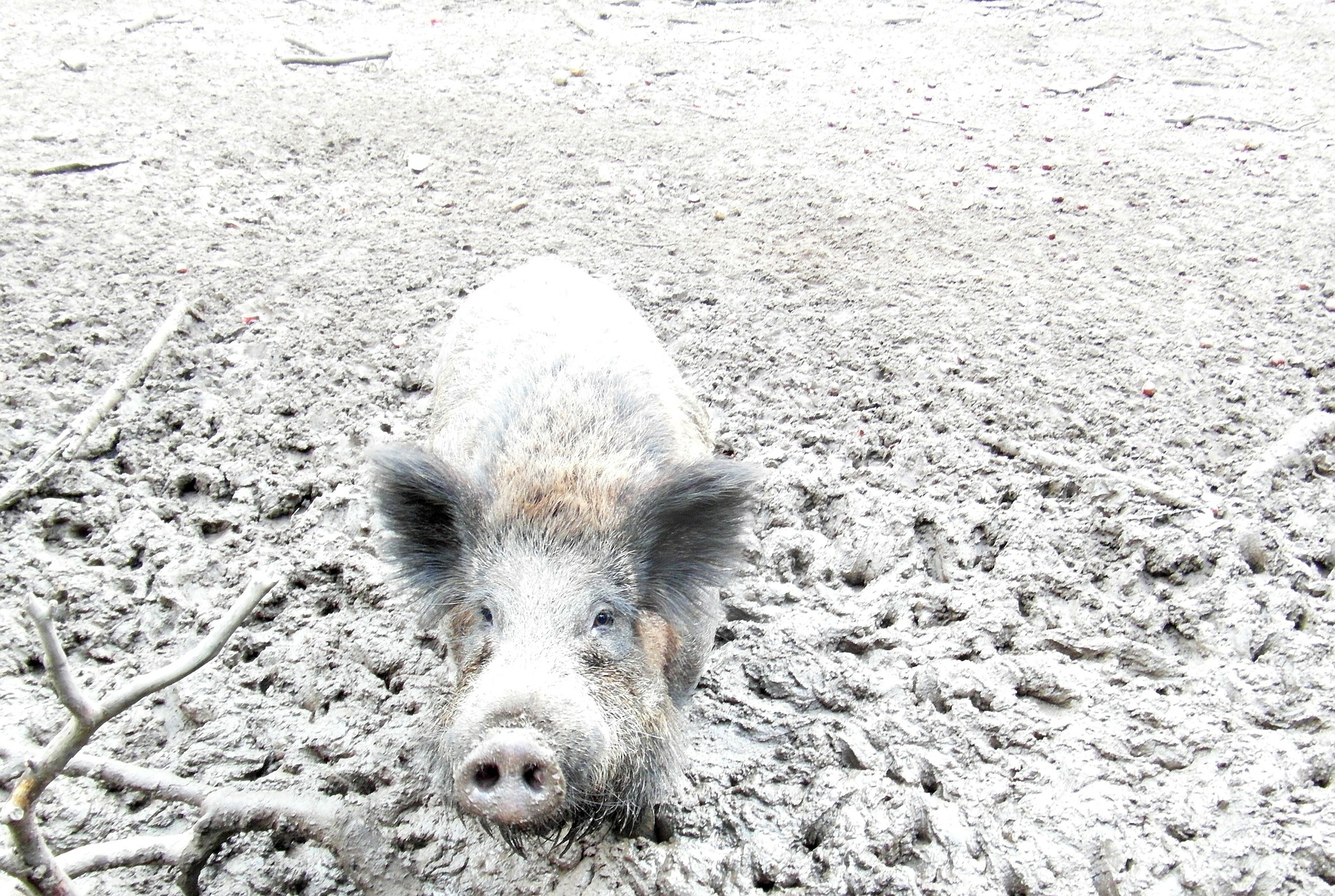
When shooting in RAW (a file format that captures all data recorded by the sensor) as opposed to JPEG where image information is compressed and lost, photographers have much latitude to adjust the exposure post processing.
Why is this a problem? It’s not without its limitations. Should the exposure be too dark, shadows will appear grainy and discoloured. An over-exposed (or blown out image) will be devoid of those intricate details that can make all the difference to your photograph.
A dynamic image – one that perfectly balances very bright highlights with dark shadows – should be slightly underexposed, without compromising the effect of any shadows. This effect can be amplified in post processing by brightening the shadows.
How Can You Avoid This Mistake?
Use your camera’s spot metering function to ascertain optimal exposure. Perfect when applied to any aspect of a photograph, from the minutest details to an expansive skyline, the spot metering function promotes photographic dexterity, regardless of the subject matter.
Overzealous Post Processing
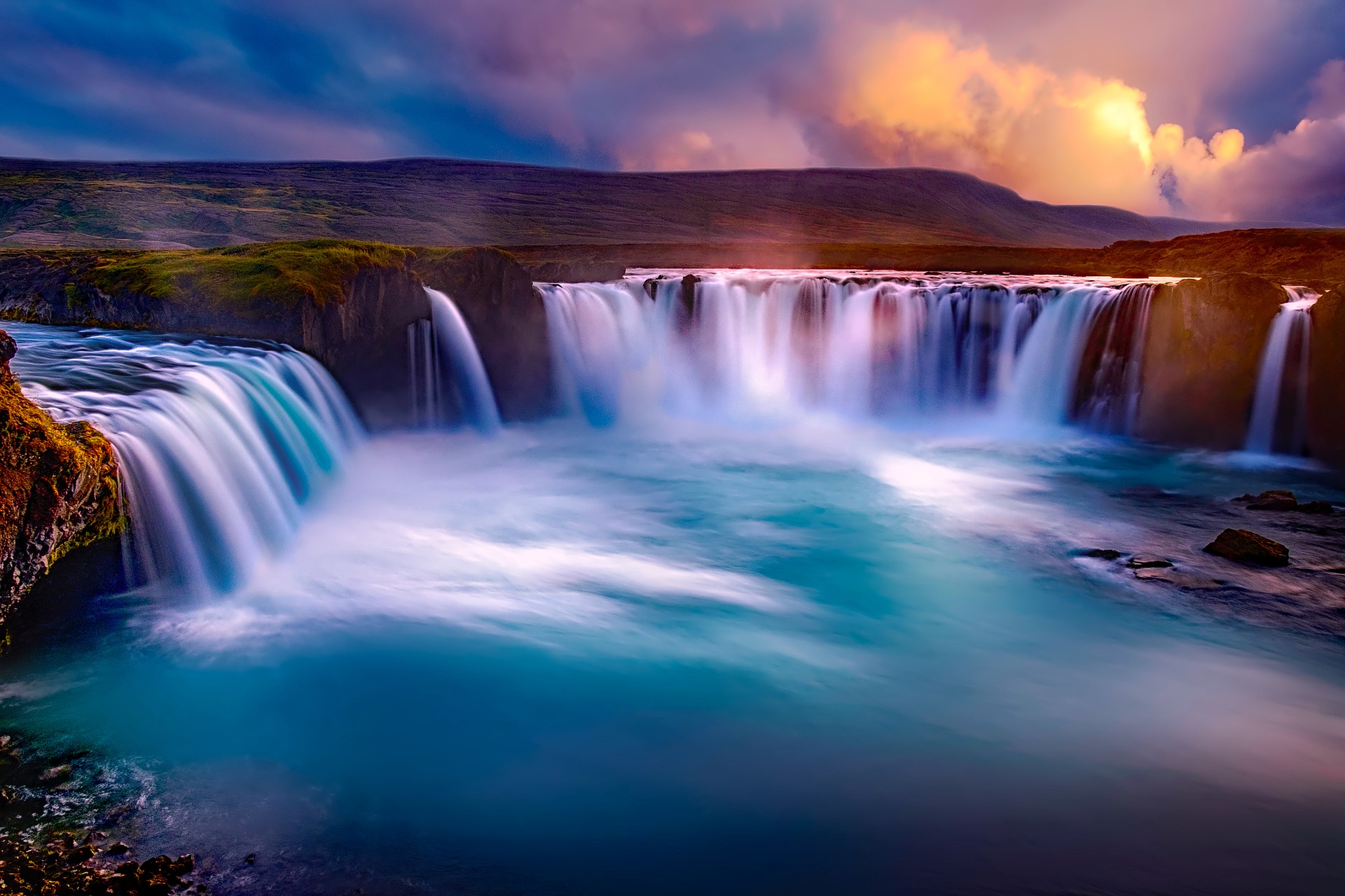
Post processing of images is a delicate matter. Novice photographers tend to elaborate their images with too much saturation and a piercing sharpening of their images. Rendering and manipulating images to enhance the visual image is all part of photographic post processing but when taken a step too far, images lose that natural aesthetic.
Why is this a problem? Extreme HDR processing will rob images of natural contrasts, shadows and highlights. At very best, this will make images feel completely unrealistic, at worst, this will completely ruin a picture that you’ve invested much time composing.
How Can You Avoid This Mistake?
Use your histogram to make sure that you have a clear colour contrast. Your digital viewfinder is a great way to evaluate the exposure. Look for any motion blur, how sharp the image is, and the depth of field. Once satisfied, resist the temptation to indulge in much post processing manipulation.
The Takeaway
Boundless enthusiasm is a valuable trait that any novice photographer should embody – after all, it’s passion that drives adroitness! However, to succeed where other’s have failed, you need to have a solid education on the fundamentals of photography, giving you a platform to evolve and mature.
These five core shortcomings can be easily overcome with a little time and considered application. Hone a diligent ethos in your photographic endeavours and learn from any mistakes and before too long you too will be capturing the world in a way that few others can.









